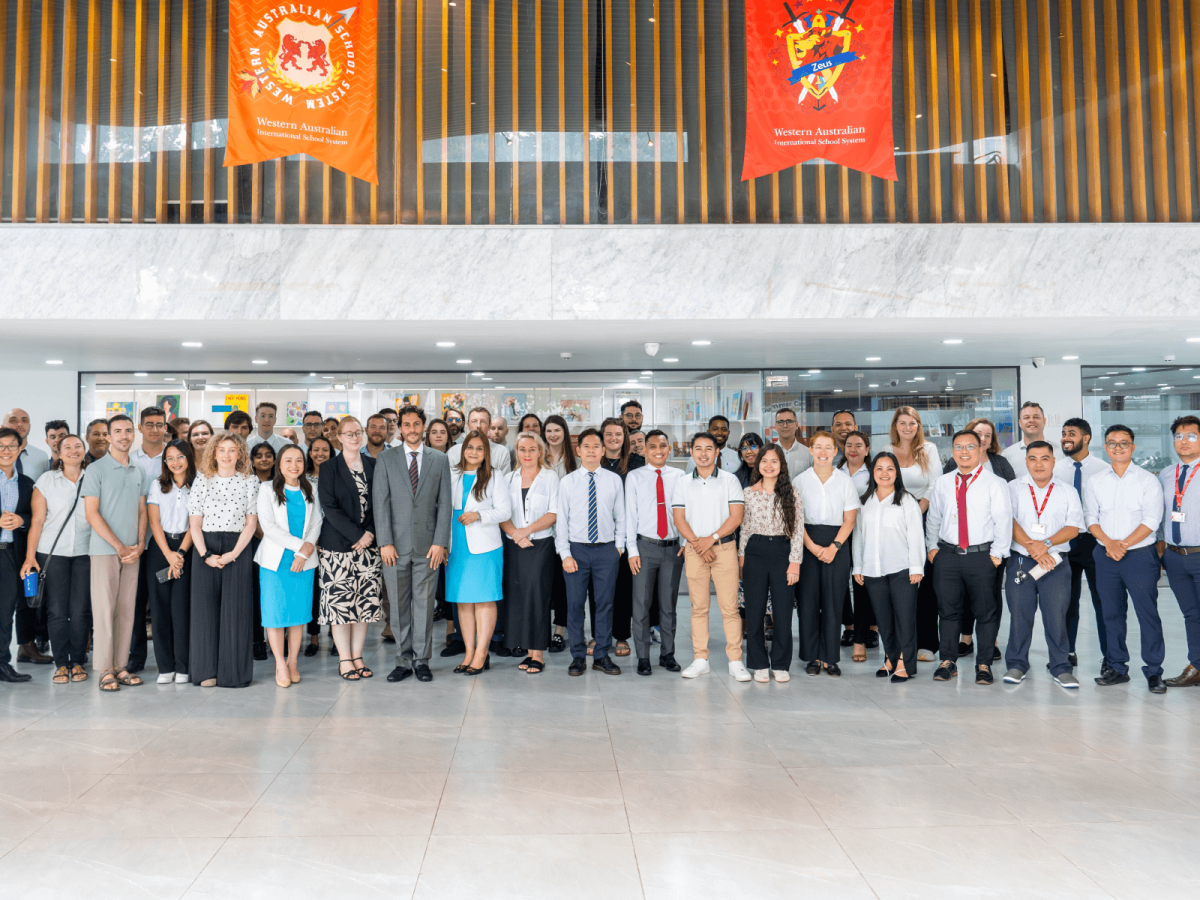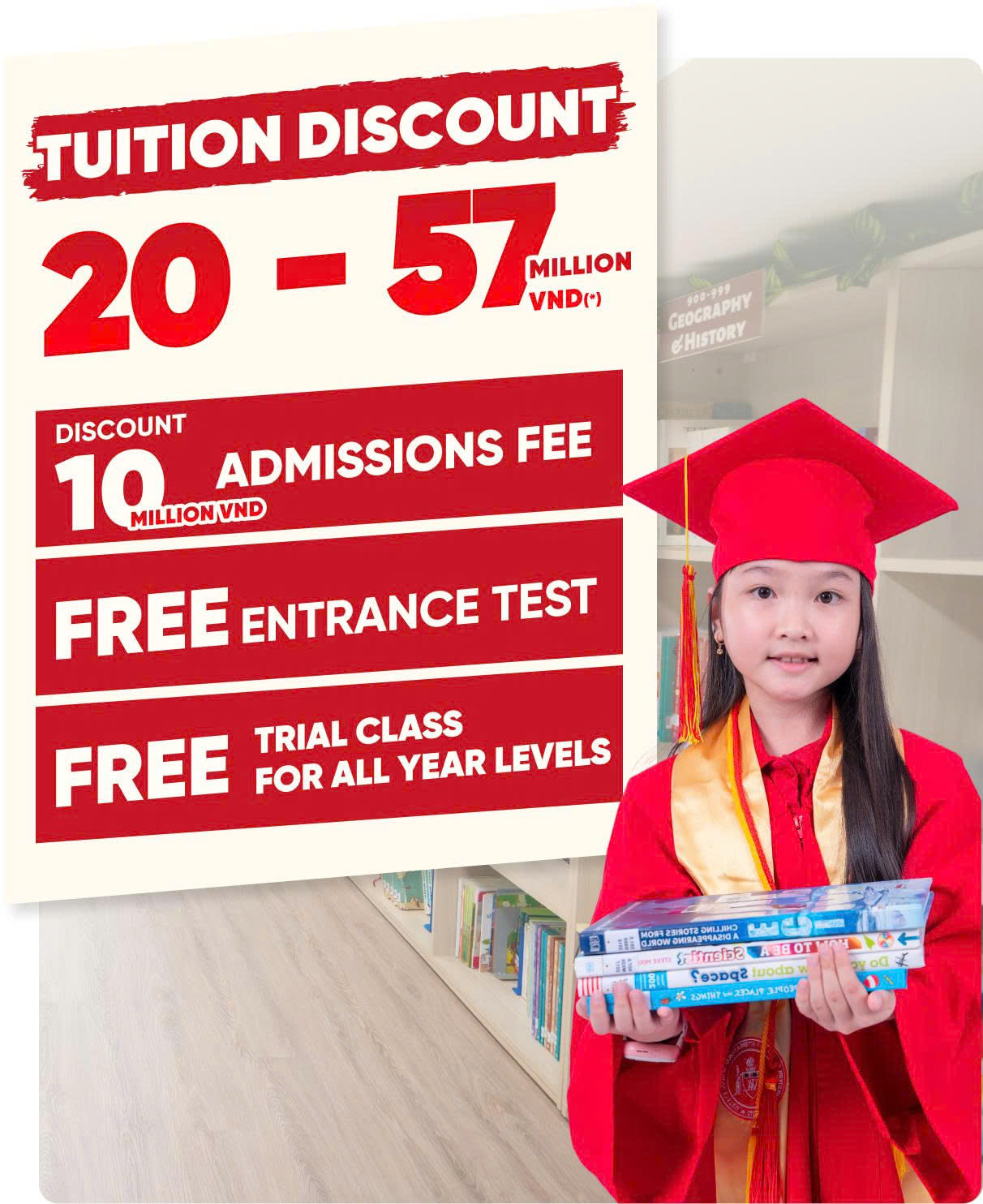
Recent research results, on how children’s brains learn, show that they develop a deep and lasting understanding of the concepts learned when they find the concepts relevant and meaningful. Therefore, parents can use these points to help their children get use to the new learning method: Project-Based Learning.
Project based learning (PBL) is a constructivist approach where the overall goal is for students to make meaning. The following are characteristics that serve as hallmarks of project – based learning:
- Equal emphasis on process (communicating, reflecting, collaborating, analysing, etc) and content
- Genuine curiosity and questioning (by teachers AND students) are central
- Student ‘voice’ is evident – elements of the curriculum / learning are negotiated, and student questions are taken seriously and addressed
- Students are actively involved in constructing understandings through hands-on experiences, research, processing and communicating their understandings in various ways
- Learning takes place in a social context – students learn from each other.
- Assessment is ongoing, and clear criteria link performances / products to rigorous curriculum goals.
What parents can do to support their children?
Children are born with curiosity and a love for learning. Parents can play an important role in helping the school, and teachers, nourish this curiosity by:
- Encouraging their children to ask questions
- Creating a culture of curiosity and respectful dialogue at home among siblings and parents
- Asking their children about what they are learning at school and helping them continue to expand their knowledge outside school
- Build on the understanding of cooperation and support while your children are still young
- Enhance your children’s creativity, logic reasoning and analysing skills.
Project-Based Learning and STEAM Education
PBL is an inseparable part of STEM education.
The aim of STEAM education is to help students not only learn basic concepts, but also to develop the critical skills of the 21st century including: Critical Thinking, Analyzing, Problem Solving, Collaboration, and Effective Communication. It helps students think critically and collaborate on projects to develop higher-level understanding of Science – Technology – Engineering – Art and Mathematics concepts.
Mr. Parvareshkhah Jahangir
STEAM Teacher




